10 TIPS FOR GROWING BOUNTIFUL GARDEN
Gardens are all things to all people – a place for reading, a place for growing tasty vegetables, a place for creating a private paradise, or even a place for breeding chickens. National Gardening Month is the perfect time to get your garden in shape! This year we are publishing 10 new gardening books, just in time for the yard work season to begin. No matter if you have an urban or community garden or a huge yard filled with different plant species, here are 10 tips from our new books that will work for any garden size.
What would National Gardening Month be without a giveaway? We’re teaming up with National Wildlife Federation and Perky-Pet to bring you a backyard birding giveaway. Nine lucky winners will get a copy of the new Attracting Birds, Butterflies, and Other Backyard Wildlife book by Naturalist David Mizejewski and one grand prize winner will also receive a beautiful Perky-Pet Diamond Wine Top-Fill Glass Hummingbird Feeder.
10 GARDENING TIPS FOR ANY SPACE
Flower Homemade Comfrey Feed Recipe
Chop up the leaves and put them in a bucket or container – you’ll want to use something with a lid as this “tea” becomes quite pungent once it starts rotting. Cover the leaves in water – using a brick or a stone to weigh them down. After 4–6 weeks the leaves will have broken down and the liquid will be brown in color. Drain off the liquid through a sieve into a container. Dilute – 1 part comfrey tea to 30 parts water – to feed your plants every two weeks. It’s not an exact science – the darker the liquid is, the more you’ll need to dilute – you’re aiming for a weak tea color. Top up with fresh leaves and more water for another batch of feed. I feed my annuals and biennials with this recipe every two weeks. – In Bloom by Clare Nolan
Proper Drainage for Containers
Drainage is a very important part of container gardening. More plants are killed through overwatering than underwatering, especially in today’s unpredictable climate. So it is crucial that your containers get the right amount of water. Generally, with most plants, you need to include at least one large, or several small, drainage holes in the base of your container. Another good way to improve drainage is by using pieces of stone or, more commonly, broken-up pieces of hard clay or pottery that go in the bottom of your container before you add the growing medium. – Container Gardener’s Handbook
Planting Containers
Container planting usually begins in the spring months. Start with the hardy plants, such as perennial herbs, strawberries, beets, lettuce, garlic, and onions, and save the tender ones, such as tomatoes, beans, eggplant, zucchini, and basil, until last. If you have a light, frost-free space, use it to get a head start with crops that need a long growing season, such as corn. Make sure the containers and potting mix are at a comfortable height. If using small pots, work on a bench or table; if you are using large ones, kneeling down instead of bending over is more comfortable. Put hanging planters in buckets while planting to keep them from tipping over. – Vegetable Container Gardening
Attract Pollinators & Wildlife
You will have the most success in attracting a wide variety of wildlife to your yard or garden if you provide a mix of plants that together provide food throughout the year in all four seasons. This will ensure a steady availability of nectar, fruits, nuts, seeds, foliage, pollen, sap, and prey species throughout the year. Plant a mix of native plants that bloom in different seasons, some in spring, some in summer, and some in fall. Not only this will ensure you have a beautiful garden throughout the seasons,
it will mean you’re offering nectar and pollen when butterflies, hummingbirds, bees, and other pollinators are active. – National Wildlife Federation Attracting Birds, Butterflies, & Other Backyard Wildlife
Growing Tea
All types of true tea—white, green, black, and oolong—come from one evergreen shrub plant: Camellia sinensis. Growing tea requires patience. It takes about three years before Camellia sinensis leaves can be harvested. Once the plants reach maturity, pick young shoots with two to three leaves and use them to make white, green, black, or oolong tea. For growing tips by each tea flavor, check out Growing your Own Tea Garden.
When to Water
When you need to water the garden, do it in the morning or evening—or both. Watering during the middle of the day can be harmful to your plants, and it’s also a waste of water that evaporates quickly in the sun. – Growing Winter Food
Know your plant Hardiness Zones
Plant hardiness zones—also known as planting or growing zones—help gardeners understand which plants can survive their region’s climate. The maps here show the average lowest temperatures for Canada and the U.S. Find out which planting zone you’re located in and grow the best garden possible. Have this chart available at your fingertips with My Gardening Journal.
Gardening Fruits
Where possible in a small garden, grow tree fruits in borders; perhaps narrow ones alongside walls for warmth-loving types (peaches and nectarines) or in beds alongside paths which give ready access to them. Fruits grown in containers – whether apples or strawberries – need regular attention, especially to ensure that the soil does not become dry. In particular, strawberries in hanging baskets need regular watering. For a list of fruit plants and growing techniques to make them fruitful, check out Plant Combinations for an Abundant Garden.
Planning Fixed Structures in your Garden
If you are thinking about building a large, fixed project such as a pergola, draw a plan of your garden complete with the house, paths, flowerbeds, trees, and hedges. Mark in the trajectory of the sun as it arcs across the garden. Will the new pergola cast shadows that will affect the flowerbeds? Will it necessitate the building of a new path so the shed can be reached easily from the house? Keep asking yourself questions. If you have any doubts about how the pergola will look when it has been erected, it’s a good idea to peg out the site and build a large batten, board, and string framework to the size of the shed. When the mock-up is in position, walk around it and consider how it relates to the rest of the garden. Live with it for a few days and see if it affects your family’s movement around the garden. – Woodworking for the Garden, 16 easy-to-build step-by-step projects
Pruning Leaves
What does it mean when leaves, especially along the edges, turn brown and crispy? From what we know about transpiration and evaporation, water from the leaves is evaporating faster than the plant can transport water from the roots to the leaves, leaving them to dry out and lose their vibrant color. Your plants could be suffering from the soil being too dry, the air being too dry, or getting too much sunlight. Prune crispy leaves to allow the plant to focus its energy on healthy foliage. – Creative Terrariums, 33 Modern Mini-Gardens for your Home
Get Exclusive Email Offers And Receive 15% OFF On Your First Book Order!

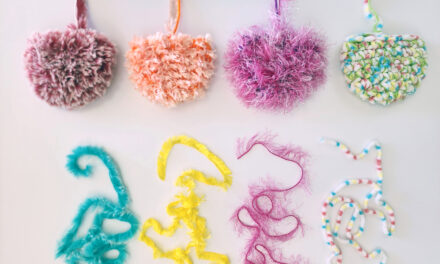



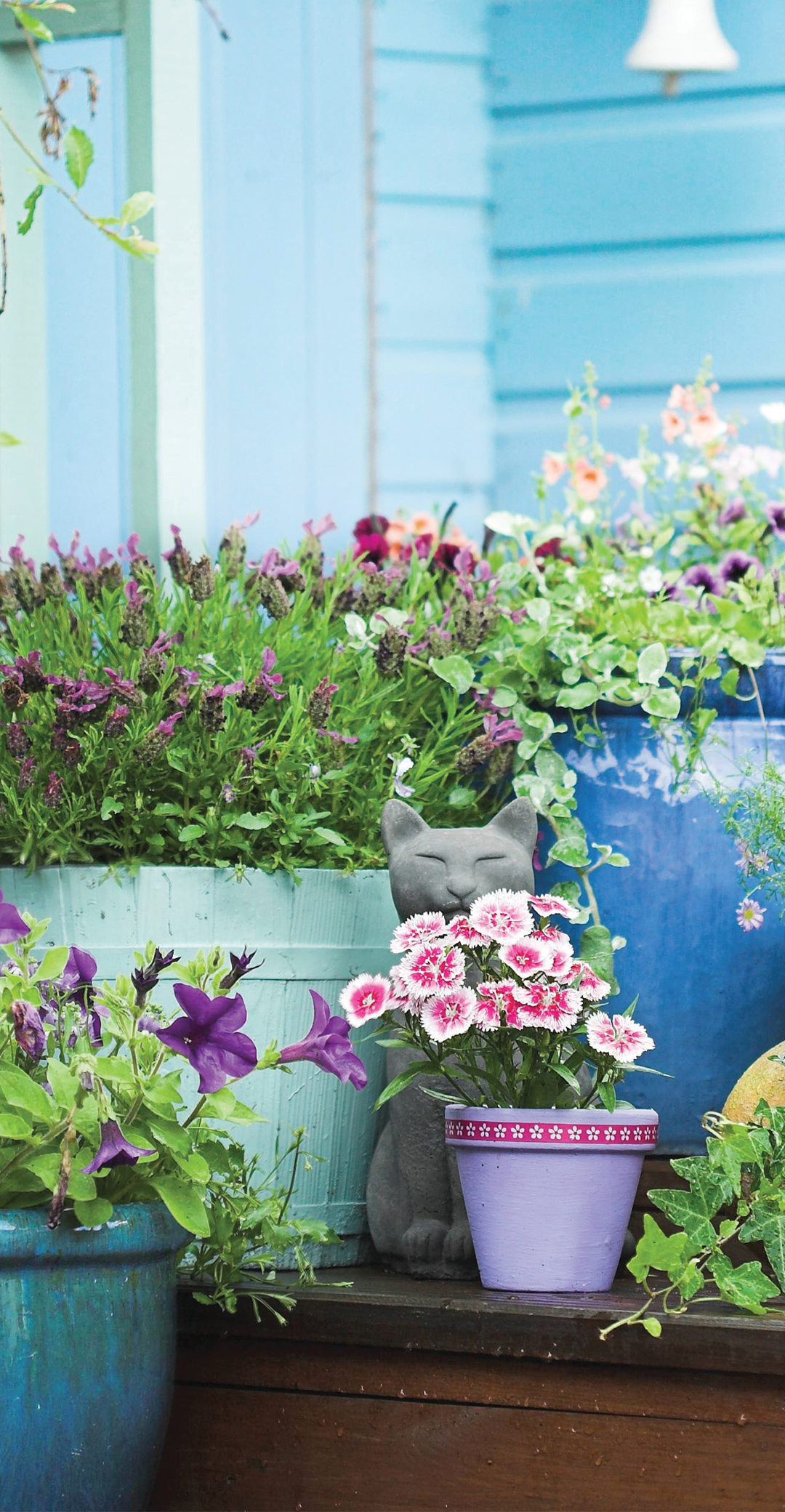

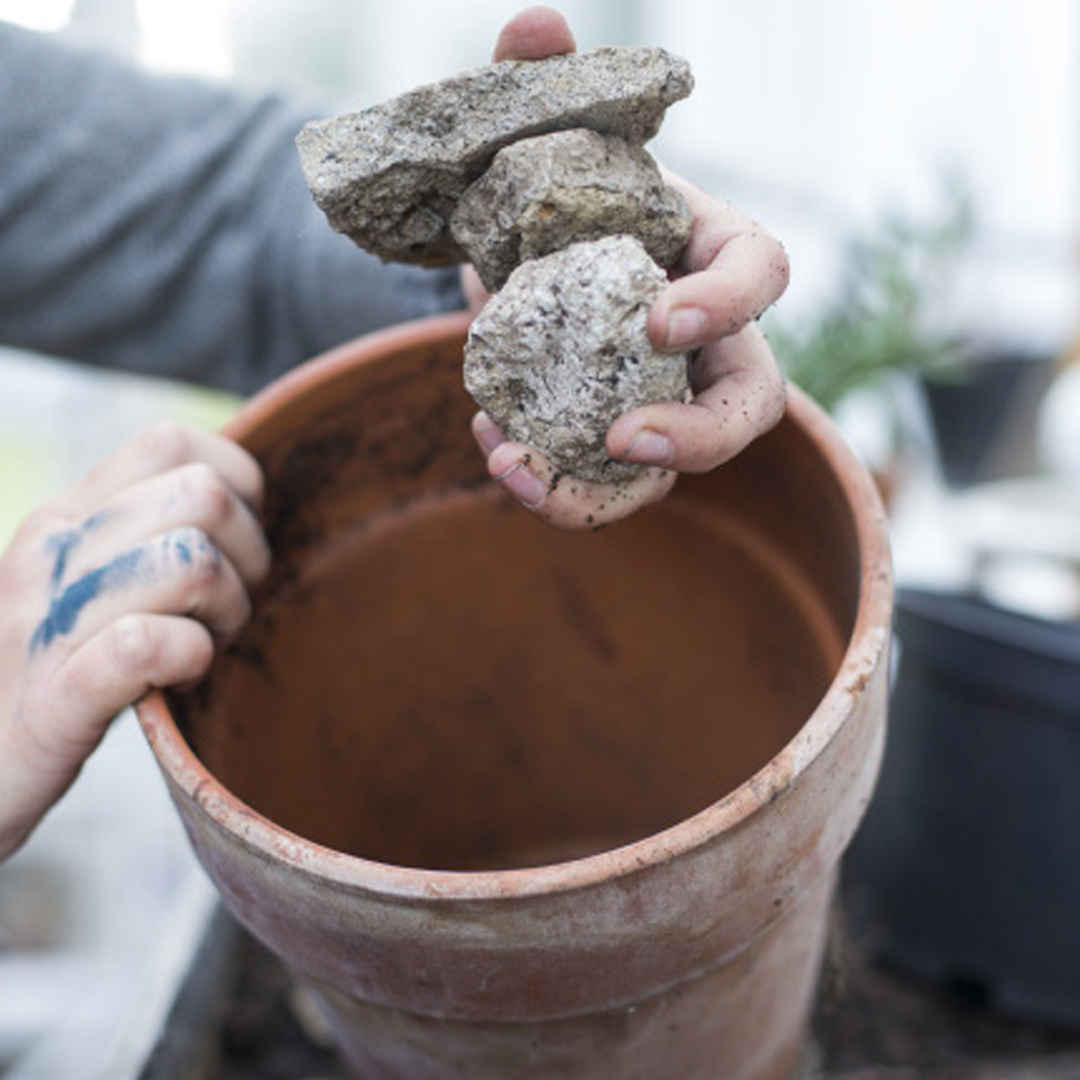



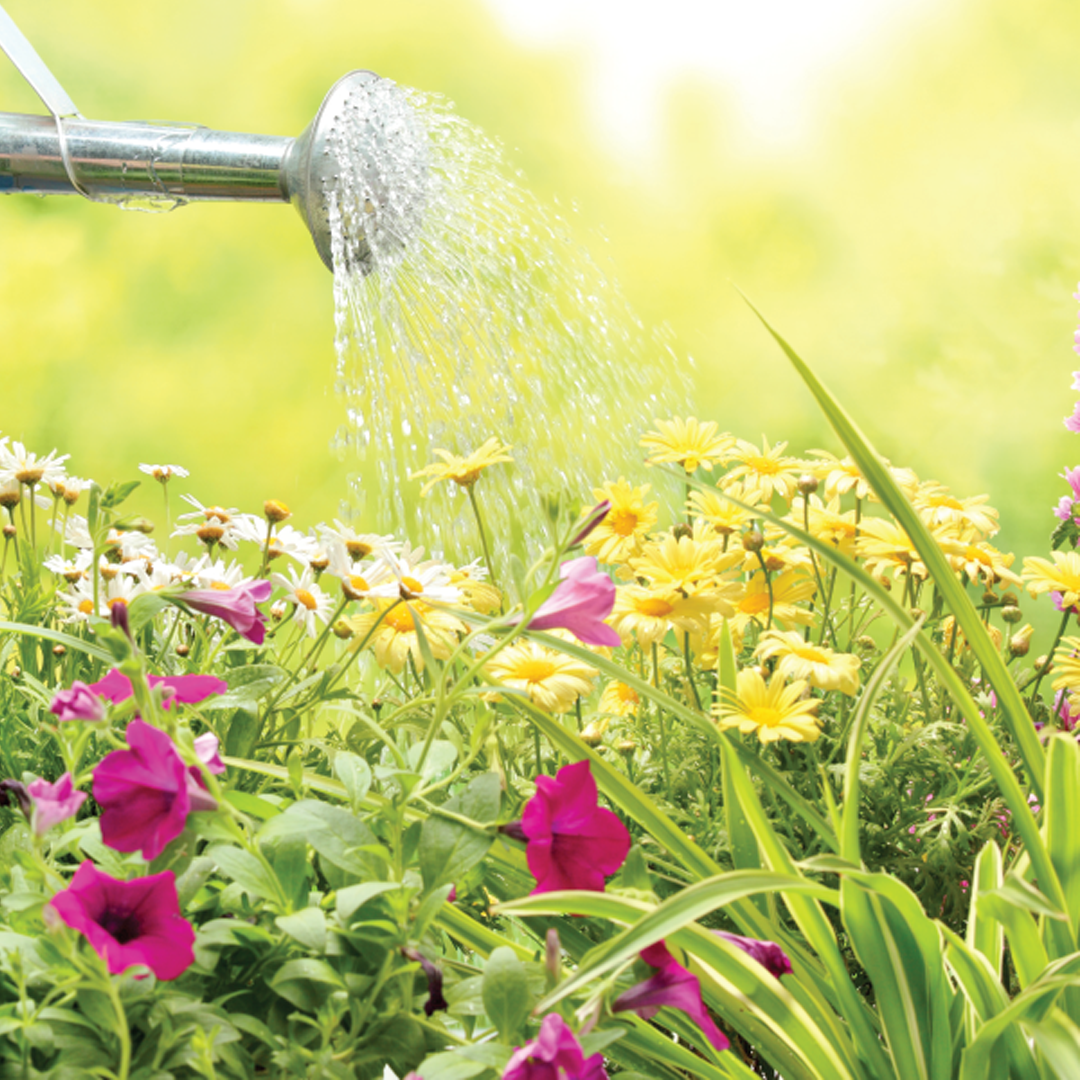
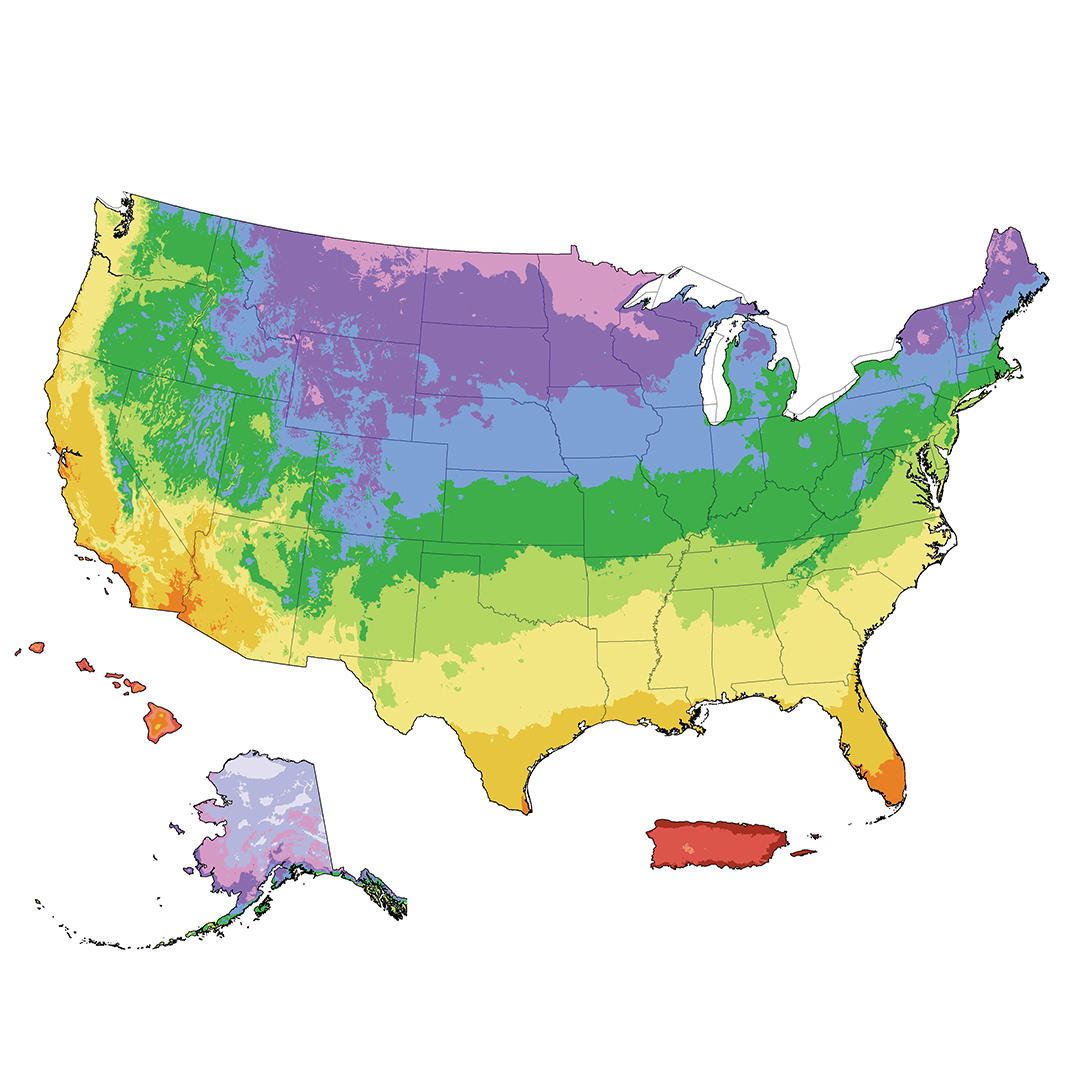
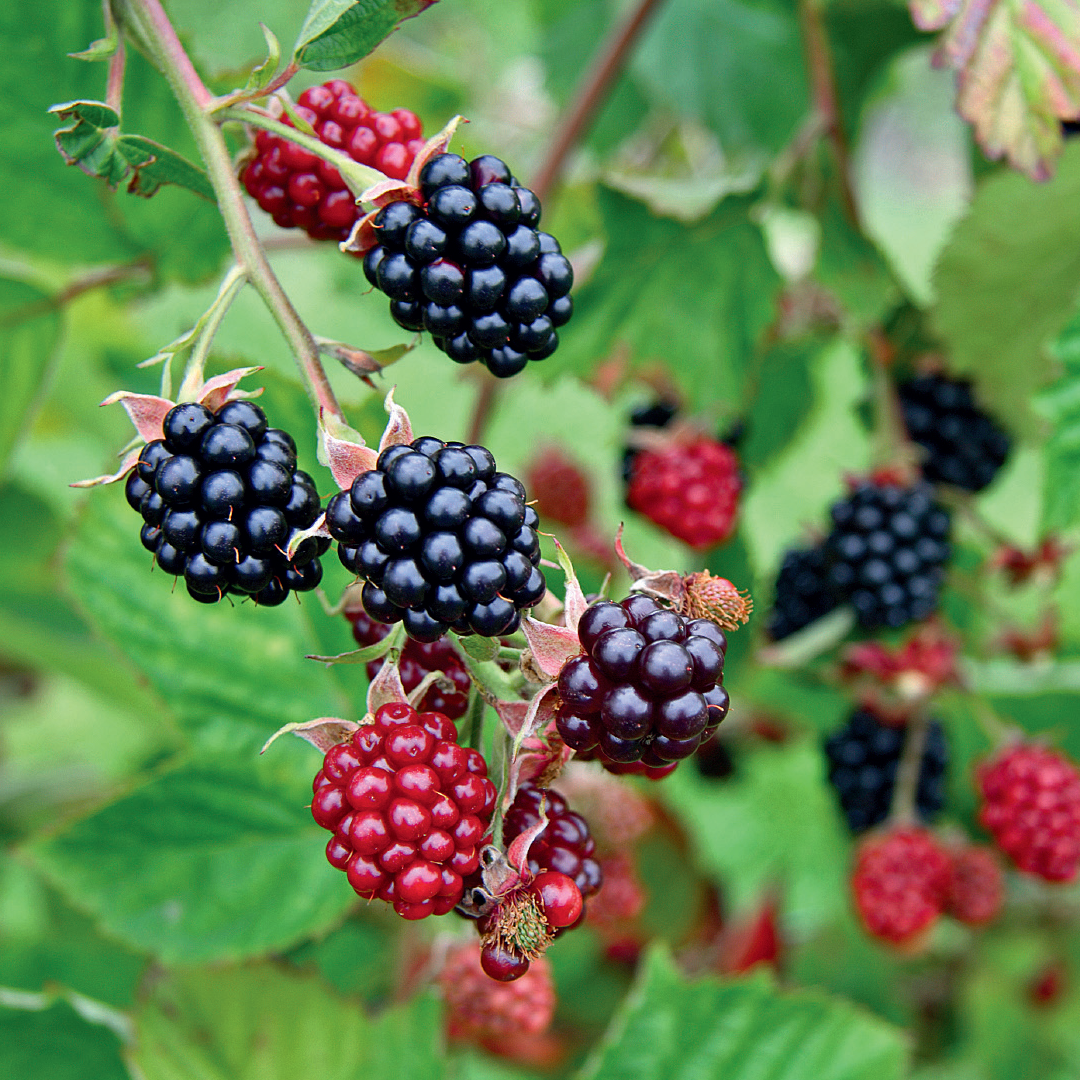
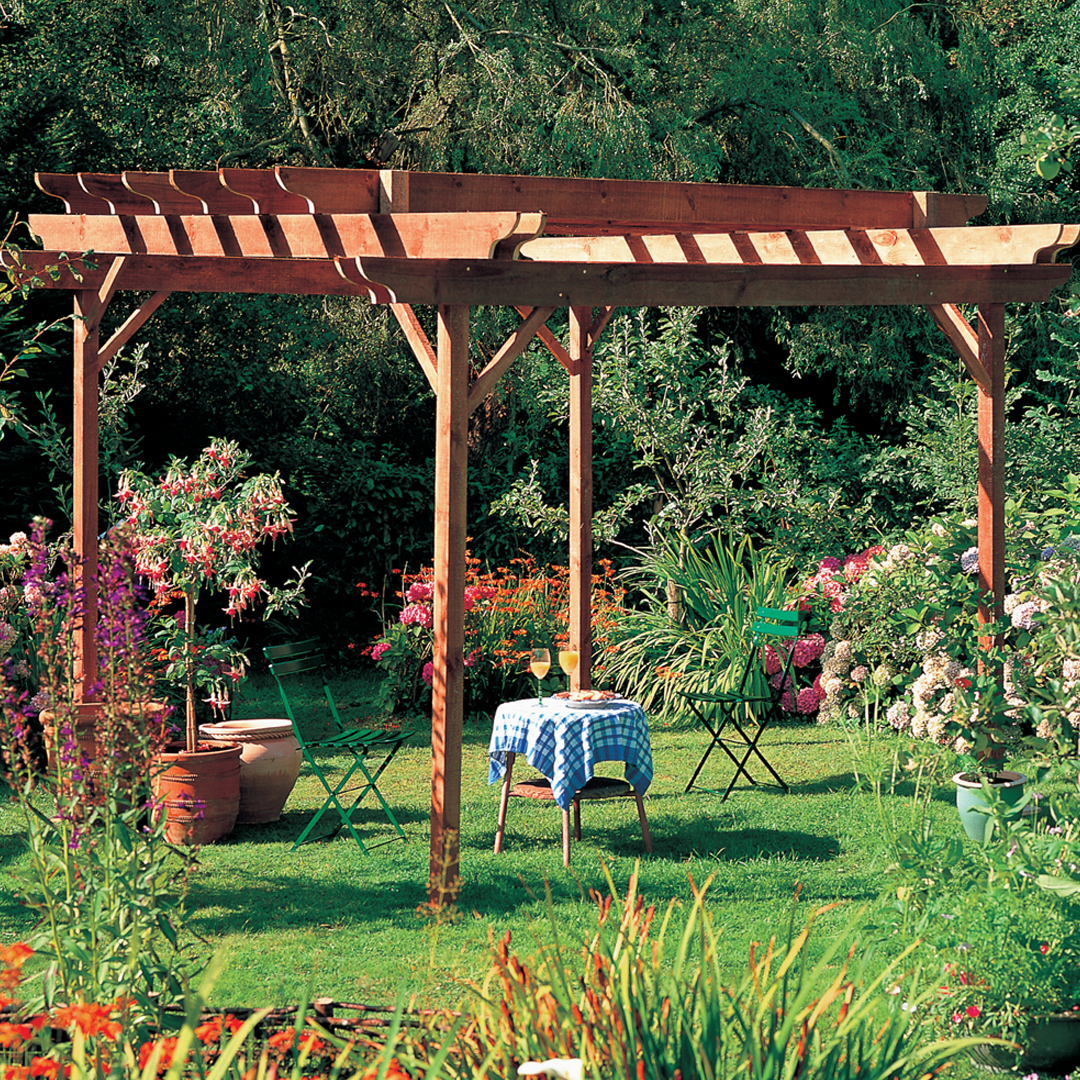
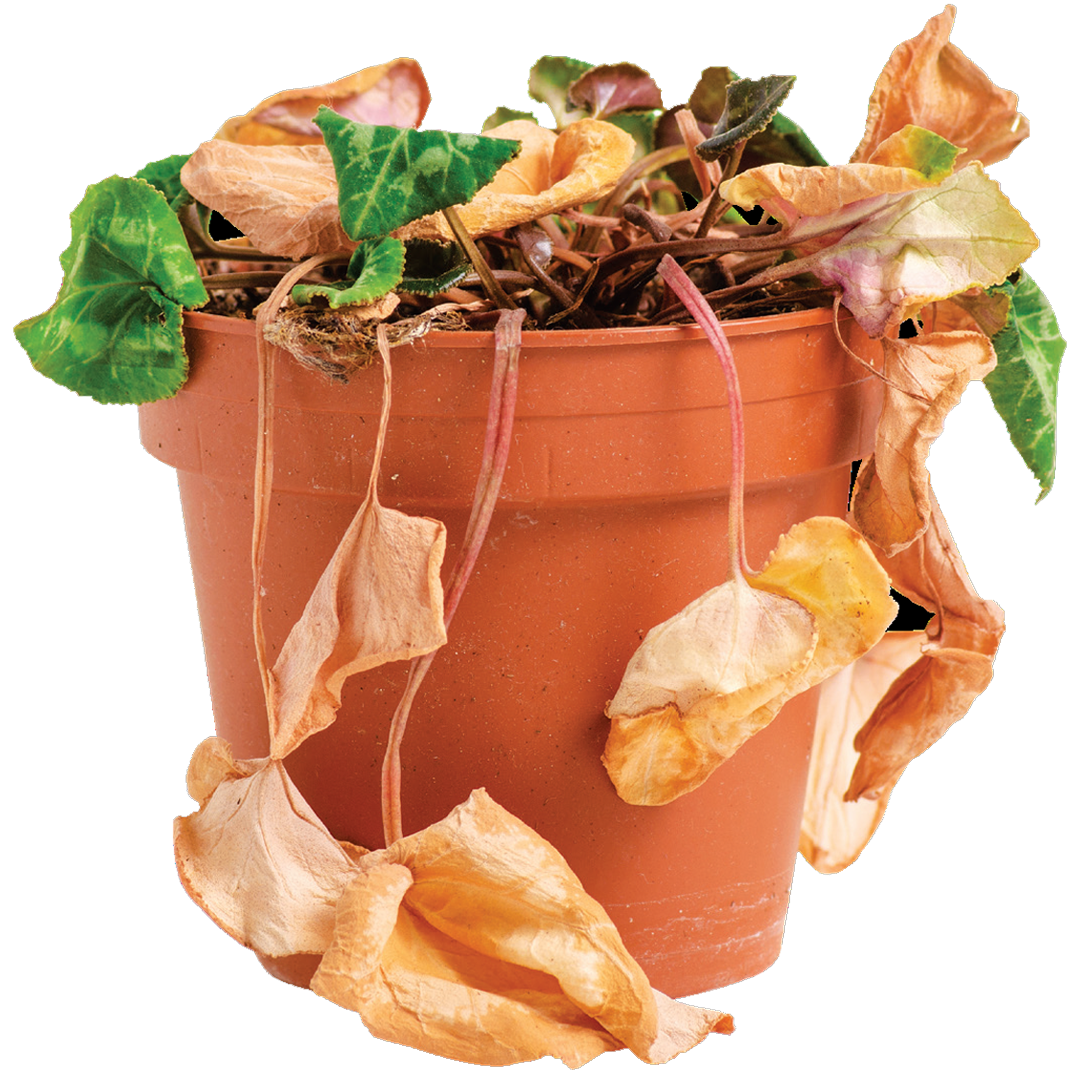
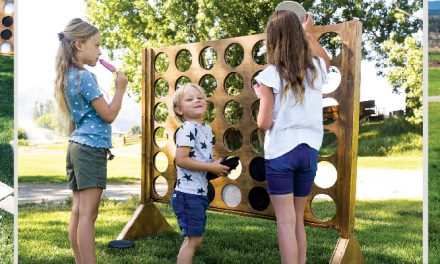
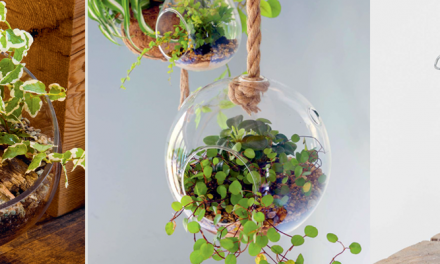
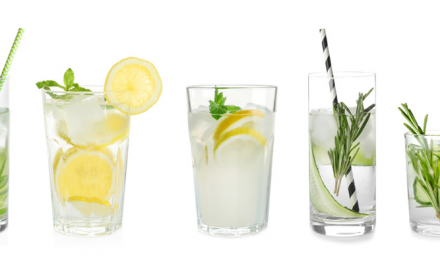
Recent Comments